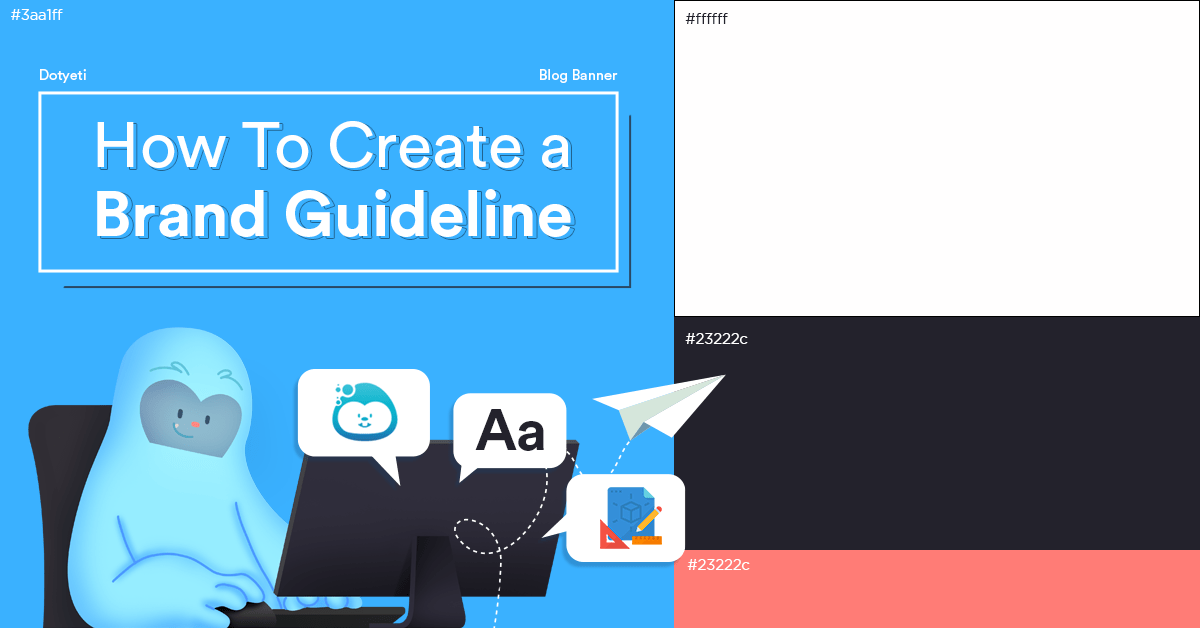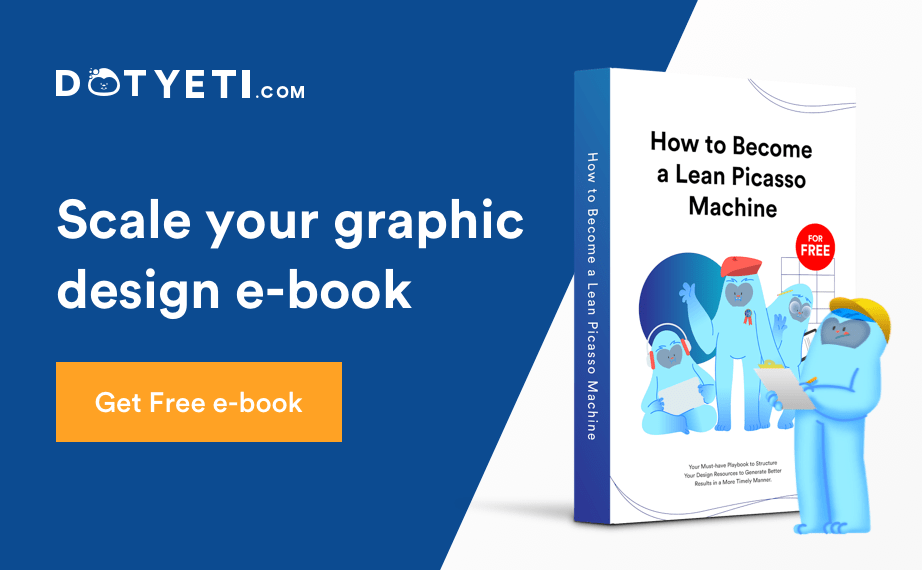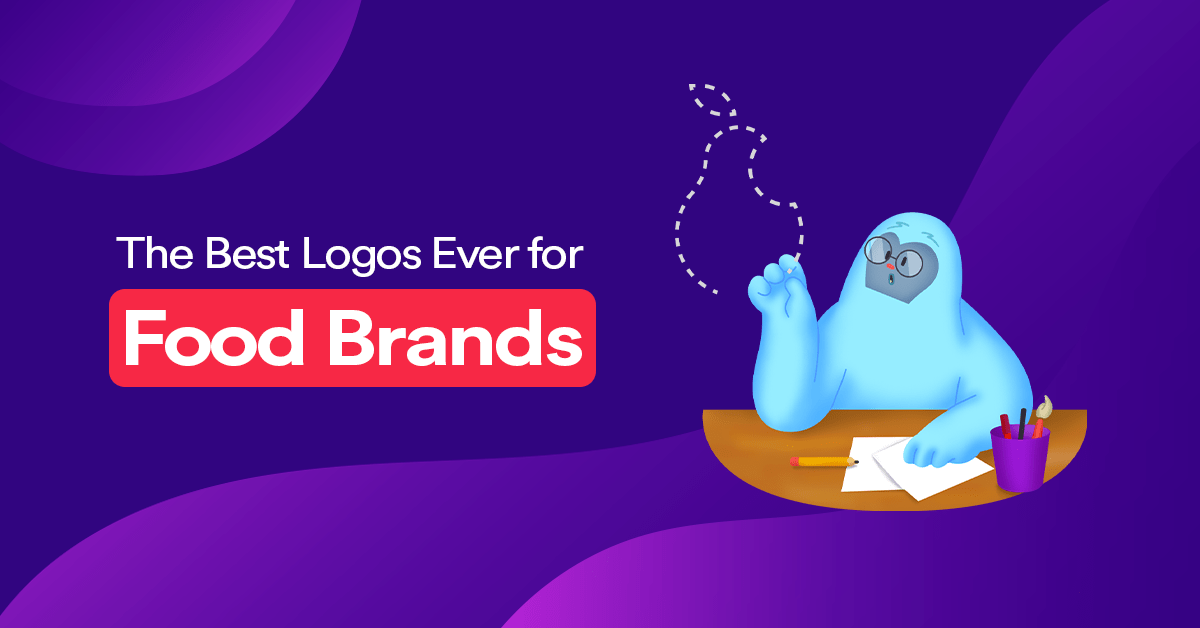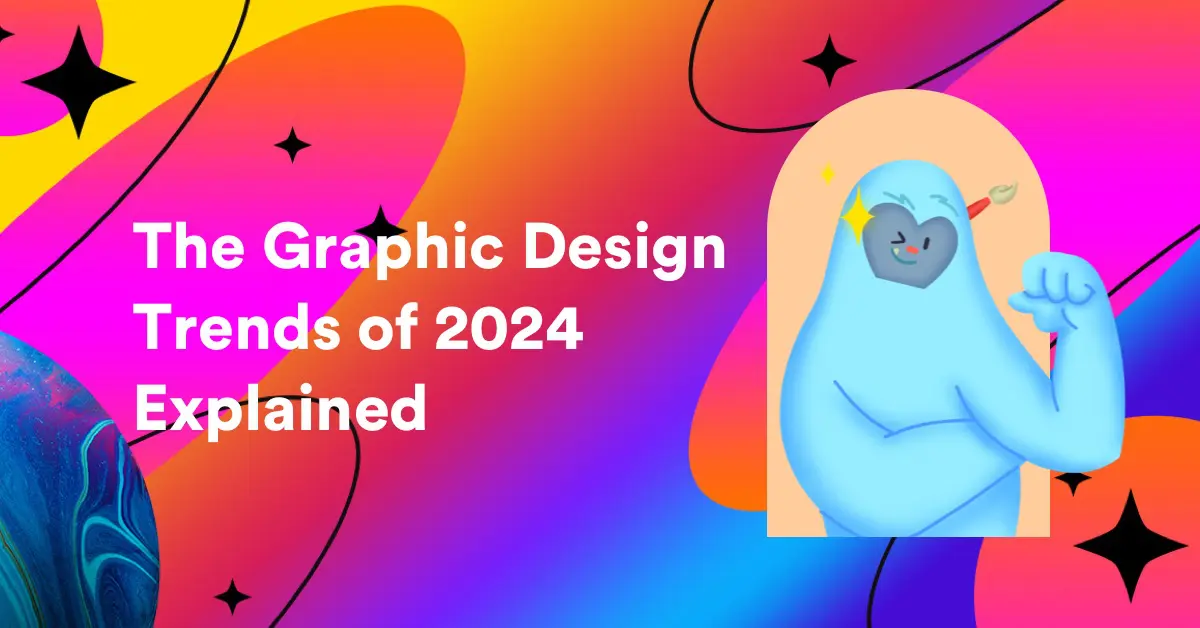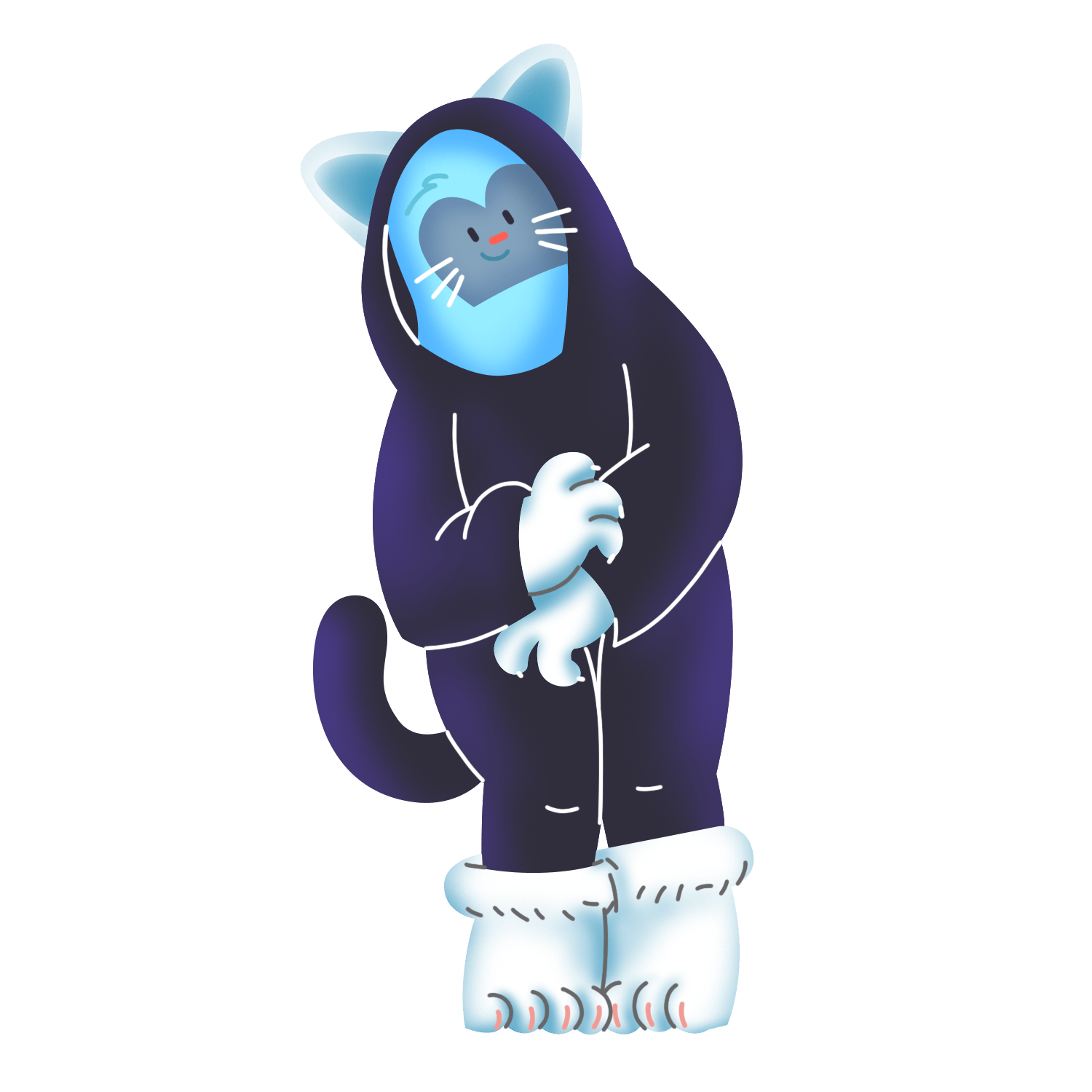How to create a brand guideline is one of the most important steps you’ll take as a business leader. A brand guideline visually sets a company apart from its competitors. Furthermore, it can be one of the most valuable assets an organization owns. It’s essentially like a person’s name, what they wear, and their tone of voice.
We all know that customers direct the success of a business. Therefore, it’s important to make sure that people recognize your brand and everything it represents. The more that potential customers know your business, the more customers you’ll have.
This is why it’s important to define what your company stands for and how you want to be represented in the marketplace.
In this article, we will teach you how to create a brand guideline so you can start implementing it in your marketing and branding materials.
But first…
What is a Brand Guideline?
By definition, a brand guideline is a quick file for branding references. It includes your logo, colors, fonts, and other visual branding pieces.
A brand guideline is a great tool for internal communication to ensure all branding pieces are consistent. It also specifies how a company’s visual identity is portrayed in order to ensure consistency.
It prevents employees from using tactics that may harm the company or its image while also ensuring that all marketing materials are on point and aligned with the companies’ values.
Here are the components of assembling your brand guideline:
1. Target Audience

It can be difficult to figure out your ideal customer base. But sketching out a general idea to have one solid buyer persona is a great start.
Regular customers are an important part of any business’ success so it’s important to have a clear picture of the type of person you want to attract. Think about what type of people would be interested in your product or service, and what they would need from you in order to be satisfied.
This part of your brand guideline should contain both the demographics and psychographics of your target audience. Some examples are age, average income, location, lifestyle, and buying behavior.
2. Mission and Vision

A company’s brand identity can be expressed in its mission statement and vision statement. Note that they don’t have to be elaborate and lengthy. Expressing both in a single sentence is ideal and common.
A brand’s mission statement defines what they want to be known for. It is a concise description of what a company does, what products it sells, and what advocacies it stands for. A brand’s mission statement should also include a clear call to action.
On the other hand, the vision statement defines what they want to achieve. It ultimately describes the company’s long-term goals.
3. Brand Voice

Trying to find the perfect voice for your brand can be difficult. Mostly because there are so many factors that go into it, including the company culture and goals.
In order to create a voice that captivates customers and stands out in a saturated market, you need to mostly look at your target audience and their typical tone of conversation.
For example, some brands are known for their personalized, humorous, or down-to-earth content. This brand voice feels more human and less corporate which works for small businesses.
4. Mood Board

A mood board is a way of visually representing the mood, flavor, and attitude of a brand. It can be used to represent a specific project or strategy for a company, as well as an overarching tone or message.
Mood boards can often be found on Pinterest, but they are also created by teams of designers and marketers. It often includes images, text, and even music to set the tone for the brand.
The goal of a mood board is to showcase your ideas and inspirations so you can share them with others.
5. Logos and Submarks

Logos and submarks, which are shortened versions of a brand’s full logo, should have placement guidelines. This way, the designers that work with your brand will not distort or customize your logo designs when they’re creating visuals for you.
You can create rules like not allowing designers to stretch your logo and sticking to the few chosen colors you have set.
Meanwhile, logo variations are unique designs which can also be used as brand assets for the company’s marketing collaterals. They usually involve shapes and other symbollisms that are found within the company’s logo.
6. Proper and Improper Use of Cases

The proper use of cases can also affect your overall brand. Cases make up a big part of how we communicate and when they are used appropriately, it means more than just grammar; it is an integral part of your personal brand.
It’s a minor detail that also indicates a brand’s attention to detail. For example, some brands like to use all capital letters while others prefer the look of only using lowercase letters which conveys a more youthful energy.
7. Color Palette

A color palette is essential in branding because it provides cohesion and helps to visually define the brand, particularly in the content-heavy world of social media. The color choices may vary depending on the target audience, or on which colors are popular at that time. Colors can also be used to convey emotions or to highlight specific features.
The logo colors are also known as the brand colors. These colors should be consistent across all media that represent the brand, such as websites, social media, email, and more.
For a more strategic brand palette, you may have seen the term “color psychology” used in the past. This is a set of psychological principles that are used to help you choose colors that evoke certain emotions or ideas in your target audience such as balance, hunger or innovation.
8. Typography
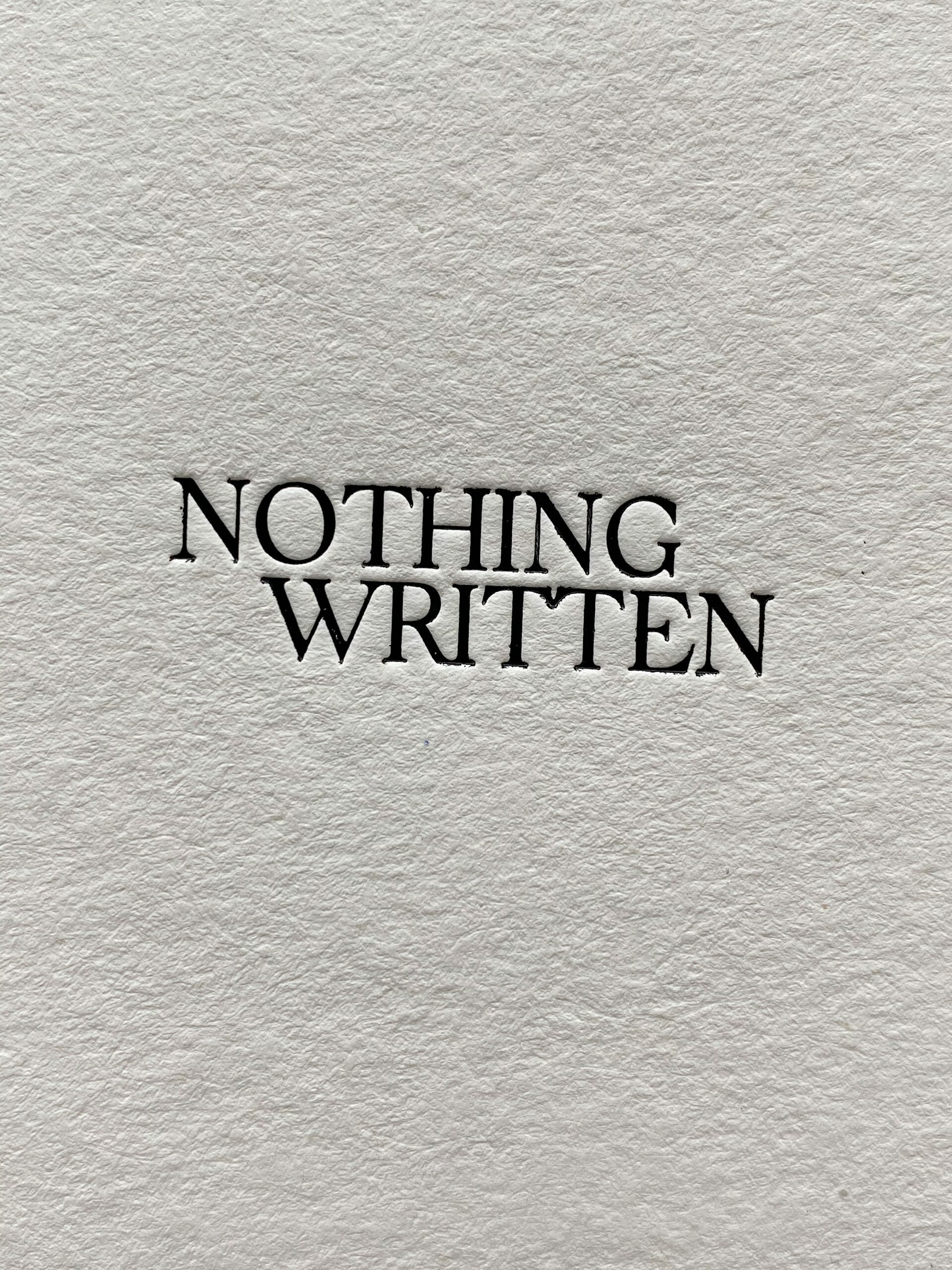
A company’s typography should do more than just look good; it should make an impact on customers. A logo is the most important part of a brand’s identity, but if there is no font selection or color selection, your brand will lack personality and customer appreciation.
Various studies have shown that people are more likely to remember companies with simple logos that are easy on the eyes. Take, for instance, Glossier and Apple.
For best results, try to do research on font pairing. The best way to learn is to find a designer whose style you admire, and see how they’ve paired fonts on their designs. Looking at their process will likely give you insight into why they’ve chosen to pair those fonts together. And you’ll know which pairings have already been proven to work!
9. Brand Visuals

Brand visuals consist of mock-ups of your branding on various materials. They can be found in packaging, billboard signs, Google banner ads and many others. It combines all the aspects of logo, fonts, and colors. It brings an idea to fruition as a stunning, memorable design.
All in all, it makes sure that you are always effectively represented through on-brand creative assets. Branding visuals differ from a mood board because the images usually contain your actual products or services. On the other hand, a mood board is a mindmap of visual inspirations.
Get a Free Brand Consultation
Creating a brand guideline is a fun and fulfilling journey. However, when looking up how to create a brand guideline, you’ll find it’s actually a complicated task. And that’s because something so fundamental to your business growth should not be taken lightly. It also requires knowledge in design to ensure that you’re sending all the right messages to your audience.
If you want to start off on the right foot, we offer a FREE brand consultancy session besides our unlimited graphic design plans. In addition, we cover logo and branding design for clients looking to build up their visual identity.
Don’t forget to take a peek at our portfolio to see the incredible work we’ve done for companies looking to strengthen their brand.
